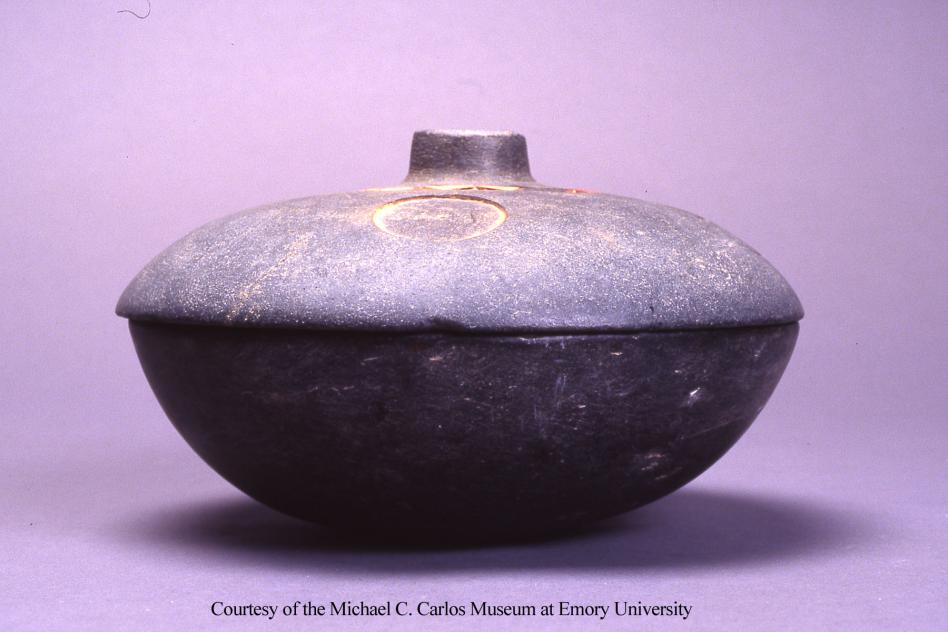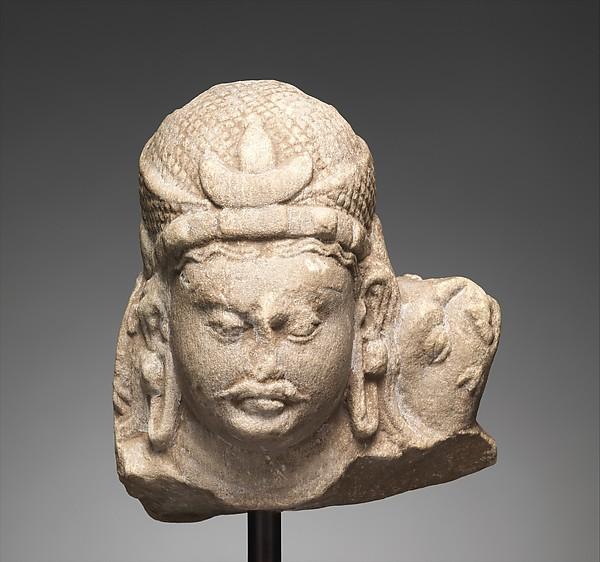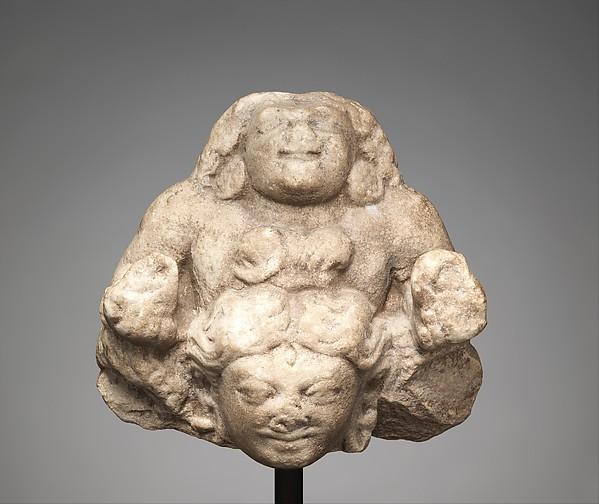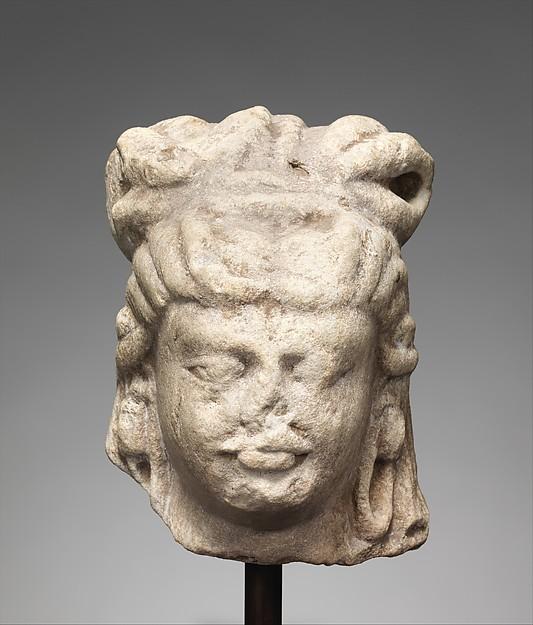2001.001.008
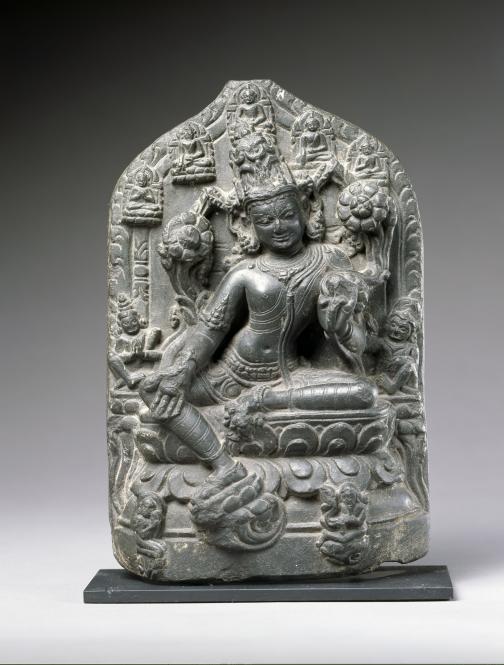
Object Title
Bodhisattva Avalokiteshvara in the Form of Khasarpana Lokeshvara
Measurements
26.7 x 17.1 x 7.6 cm
Creation Date
11th-12th Century
Credit Line
Ester R. Portnow Collection of Asian Art, a gift of the Nathan Rubin-Ida Ladd Family Foundation
Museum Name
Museum Contact
ashanle@emory.edu
Culture
Country of Origin
Object Type
Materials / Techniques
Object URL
https://collections.carlos.emory.edu/objects/7082/bodhisattva-avalokiteshvara-in-the-form-of-khasarpana-lokesh?ctx=caf91e5f9cb8021287b920c244c5aab99822edee&idx=0
Museum's Definition of Antiquity
Older than 100 years
Provenance Information
Purchased for MCCM by Robert Walzer [Nathan Rubin - Ida Ladd Family Foundation], Georgetown, Connecticut, July 2000, possibly from Kapoor Galleries, New York, New York.
Exhibition Information
MCCM Permanent Collection Reinstallation, September 2004 - April 4, 2021;
MCCM Permanent Collection Reinstallation, August 28, 2021 - Present
MCCM Permanent Collection Reinstallation, August 28, 2021 - Present
Publication Information
Michael C. Carlos Museum: Highlights of the Collections (Atlanta: Michael C. Carlos Museum, 2011), 120.
Section of the AAMD Guidelines relied upon for the exception to 1970
Gift or bequest expected or on loan prior to 2008
Explain why the object fits the exception set forth above
Acquired by museum in 2001.
